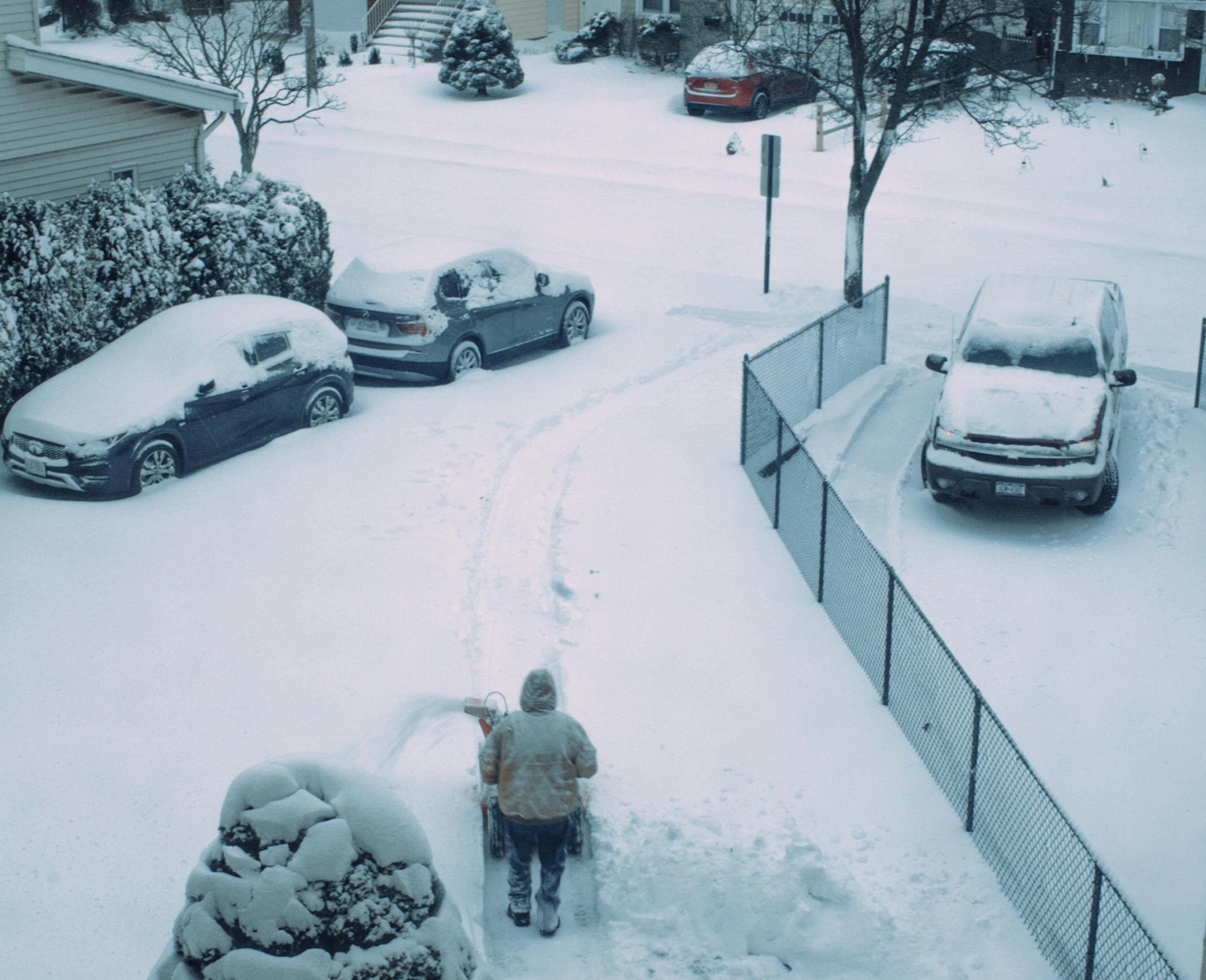Mastering essential fire-starting techniques is critical for any survival situation, whether you’re out camping, hiking, or preparing for emergencies. In this guide, we will walk through the most essential fire-starting techniques, using both basic survival tools and natural materials. By practicing these essential fire-starting techniques, you’ll be better equipped to handle any outdoor challenge that comes your way.
1. The Basics of Fire: Understanding the Fire Triangle
Before diving into the techniques, it’s important to understand the fire triangle. A fire needs three elements to thrive: heat, fuel, and oxygen. Without one of these elements, the fire will not start or will quickly go out.
- Heat: You’ll need a spark or friction to ignite a fire.
- Fuel: This includes natural materials like dry wood, leaves, or grass.
- Oxygen: Make sure the fire is exposed to enough airflow for it to burn effectively.
With this understanding, let’s dive into the techniques.
2. Essential Fire-Starting Techniques: Using a Ferrocerium Rod
A ferro rod is one of the most reliable fire-starting tools in a survivalist’s kit. This tool creates sparks when struck with a metal striker, which can then ignite dry tinder.
What You’ll Need:
- Ferro rod
- Metal striker (or the back of a knife blade)
- Dry tinder (e.g., dried leaves, small twigs, or cotton balls)
How to Use It:
- Hold the ferro rod in one hand and the striker in the other.
- Place the ferro rod close to your tinder pile.
- Scrape the striker along the length of the ferro rod, creating sparks that will land on the tinder.
- Once the tinder catches a spark, gently blow on it to help it ignite.
3. Mastering Fire-Starting Techniques with Flint and Steel
Flint and steel is one of the oldest fire-starting methods, used for centuries. It requires practice but is a reliable option in survival situations.
What You’ll Need:
- A piece of flint (or quartz)
- Steel striker
- Char cloth or other fine tinder
How to Use It:
- Hold the flint and steel close together, with the char cloth positioned to catch the sparks.
- Strike the steel against the flint, creating sparks.
- Once the char cloth catches a spark, place it in a tinder bundle and blow gently to start a flame.
4. Friction-Based Fire-Starting Techniques: The Bow Drill Method
The bow drill method is a classic friction-based fire-starting technique. It requires patience and persistence but can be very rewarding.
What You’ll Need:
- A bow (a curved piece of wood with a string attached)
- Spindle (a straight stick for rotating)
- Fireboard (a flat piece of wood with a small notch)
- Socket (a rock or wood piece to hold the spindle)
How to Use It:
- Wrap the bowstring around the spindle.
- Place the fireboard on the ground and position the spindle in the fireboard notch.
- Use the socket to apply downward pressure on the spindle while moving the bow back and forth to create friction.
- Once you see smoke and embers, carefully transfer the ember to a tinder bundle and blow gently to ignite the fire.
5. Magnifying Glass (Solar Ignition)
If you have sunny weather and a magnifying glass (or even glasses), you can harness the power of the sun to start a fire.
What You’ll Need:
- Magnifying glass (or eyeglasses)
- Tinder (dry leaves, grass, or paper)
How to Use It:
- Place the tinder on a flat surface.
- Hold the magnifying glass at an angle so it focuses sunlight into a small, bright spot on the tinder.
- After a few moments, the focused light will generate enough heat to ignite the tinder.
- Once the tinder starts to smolder, gently blow on it to help the fire grow.
6. Natural Tinder Sources
When starting a fire in the wild, finding the right tinder can be just as important as your fire-starting tool. Here are some natural materials that make excellent tinder:
- Dry Leaves and Grass: These are readily available in most environments. Collect the driest material you can find, as moisture will prevent it from catching a spark.
- Birch Bark: Even when wet, the oils in birch bark make it easy to ignite. Scrape off the outer layer to find the dry inner bark.
- Pine Needles: These burn quickly and are great for getting your fire started, especially when combined with resin from the tree.
- Cottonwood and Cattail Fluff: The fluffy material from these plants is highly flammable and can catch a spark easily.
- Feather Sticks: You can create feather sticks by shaving thin curls of wood off a dry stick. The curls will ignite faster than larger pieces of wood.
7. Fire Safety Tips
While starting a fire is a valuable survival skill, safety should always be your top priority.
- Location: Make sure your fire is in a safe, cleared area away from trees, bushes, or other flammable materials.
- Control: Never leave your fire unattended, and always have water or soil nearby to extinguish it quickly.
- Extinguish: When you’re done, fully douse the fire with water and stir the ashes to ensure no embers are left burning.
For more survival and disaster preparedness tips, check out this guide on Deodorizing Your Home After a Disaster.
Final Thoughts
Mastering fire-starting techniques with basic tools and natural materials is an empowering skill that can make all the difference in a survival situation. Whether you’re camping, hiking, or preparing for emergencies, practice these techniques so you’re ready to light a fire when it truly matters.
Remember, practice makes perfect. The more you familiarize yourself with these methods, the more confident you’ll be in your ability to start a fire in any situation.
Ready to put these techniques to the test? The next time you’re outdoors, challenge yourself to start a fire using just natural materials and a basic survival tool—your preparedness might just save your life one day!





Leave a Reply